Destiny 2's secret missions set it apart from other live service games
Presage is the latest in a series of cool hidden quests.
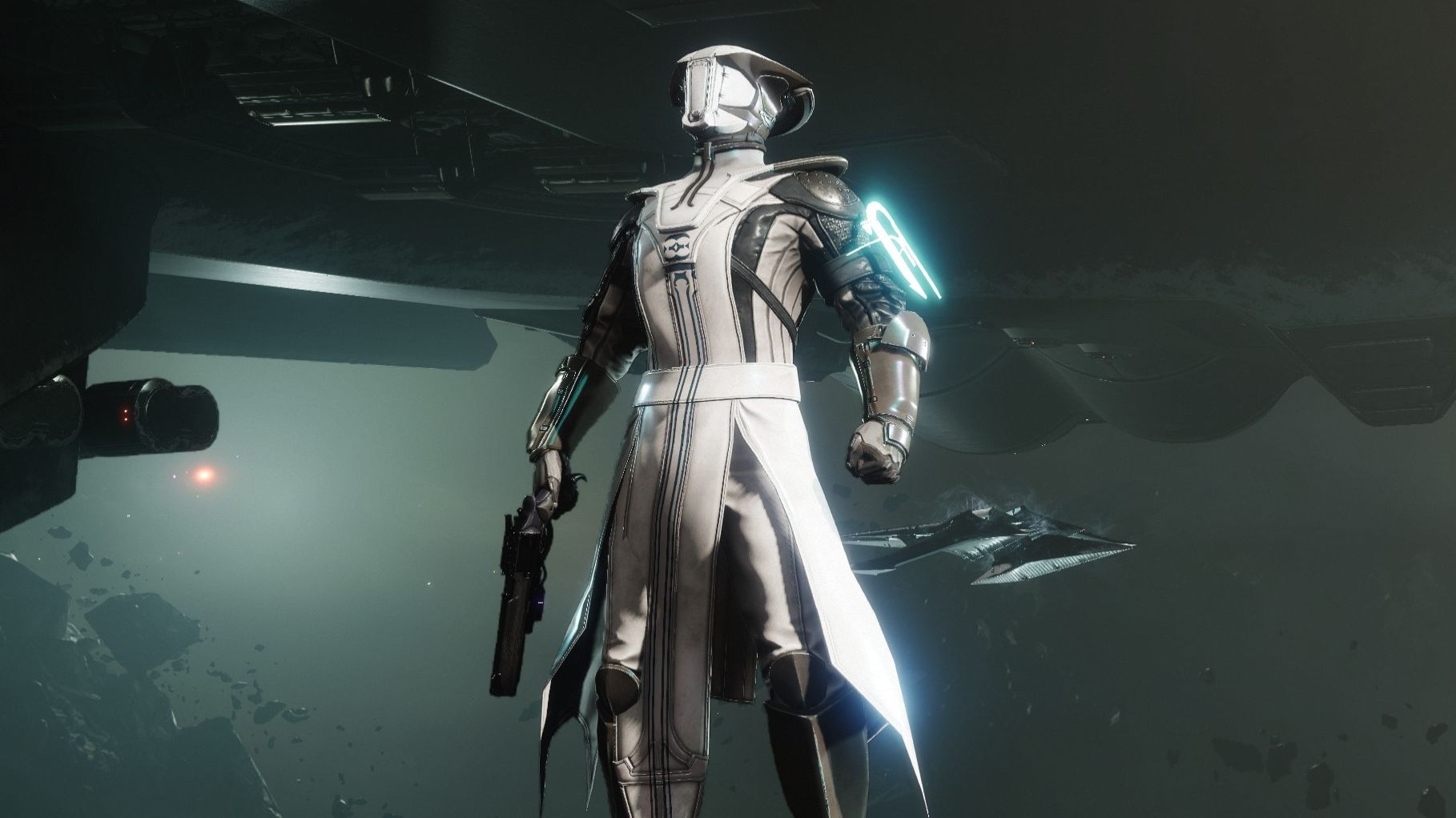
Last week, with no fanfare, Bungie opened a door in The Arms Dealer strike. Likely many of the players who loaded in to complete the week's Nightfall: The Ordeal didn't even notice—passing through the first corridor as normal. Those that did, though, got to run a gauntlet of Cabal turrets, and eventually found a mysterious distress signal leading to a new mission off The Tangled Shore, on a seemingly abandoned Cabal ship.
The mission, Presage, is a triumph—a claustrophobic showcase for why Destiny 2 would make a great horror game. Your exploration of the doomed vessel Glykon strikes an unnerving balance between quiet, creeping dread, tense battles, and even a bit where you get squished by a giant, room-sized trash compactor. It takes a previously defanged enemy race, and puts them in a context that makes them feel properly creepy again.
More importantly, though, it's the continuation of a trend that helps to set Destiny 2 apart from other live service games. Presage is the latest in a series of secret exotic quests—a tradition that dates back to Destiny 1's The Taken King expansion. Back then, players stumbled upon a new section of the Lost to Light heroic story mission, which led to a version of the Traitor's Ketch that had been infested with Taken. If they cleared the Ketch within 10 minutes, they were rewarded with the exotic sniper rifle Black Spindle.
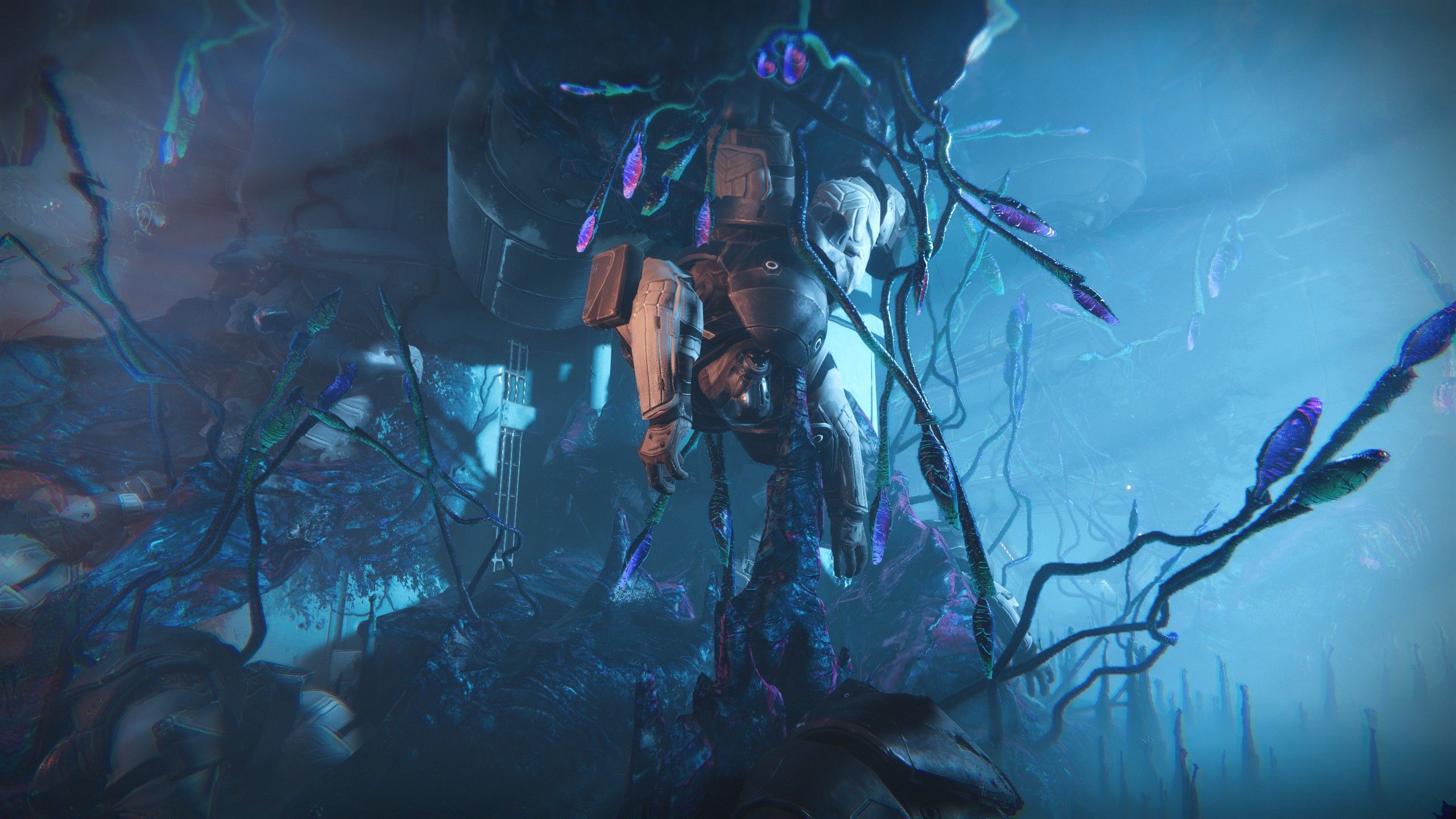
Fittingly, the first secret exotic quest in Destiny 2, The Whisper, was a timed challenge that rewarded Whisper of the Worm—essentially a new version of Black Spindle. Originally, The Whisper was only available on weekends. Players had to wait for a specific public event in the Lost Oasis region of IO, and find and kill a Taken boss while it was active. That opened a portal that would lead into the mission proper.
The Whisper was a giant jumping puzzle through Vex architecture, followed by some particularly difficult combat and a large-scale boss fight—once again, with a 10 minute time limit. Not only was the mission itself a secret, but it was full of secrets too. Its heroic version even referenced Destiny's first raid, the Vault of Glass, and its long-rumoured but never discovered extra loot chest.
More importantly, The Whisper was a statement of intent. Destiny 2's first year was not very well received. Thanks to its double primary loadout system, fixed rolls on weapons and some lacklustre expansions, many in the community had grown disillusioned with the game. More than that, though, Destiny 2 felt philosophically different—where the first game embraced mystery and collaboration, the sequel, up until that point, could be played without ever consulting a wiki.
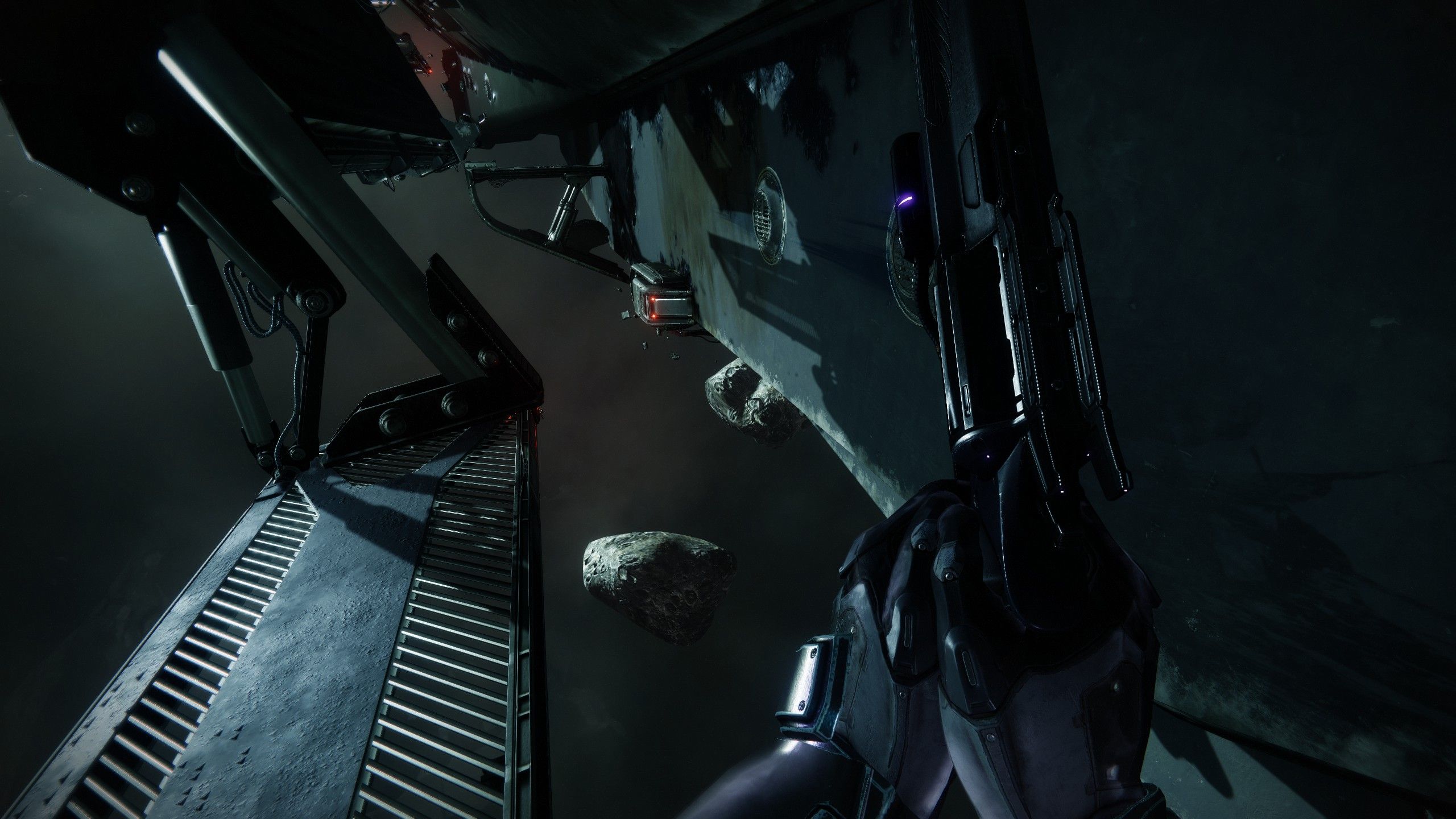
Whisper, then, felt like Bungie recapturing some of the magic and nostalgia from the original game, and giving players a taste of the direction Destiny 2 was moving. Later that year, Forsaken arrived to great acclaim, bringing back some of the friction to its systems. Bungie even stopped telling players where Xur was hiding each weekend.
Keep up to date with the most important stories and the best deals, as picked by the PC Gamer team.
Live service games are often a weird, asynchronous conversation between player and developer. One side is a disparate morasse of angry, impatient, often conflicting voices—a roiling storm of changing opinions and desires. The other is impassive and monolithic, responding slowly and cautiously, but dramatically. Throughout Destiny 2's life, no statement hits harder than the appearance of a secret mission.
Destiny 2's second secret exotic quest, Zero Hour, appeared during Season of the Drifter—up to then a low point for arguably the game's best year. Its base activity, The Reckoning, was enjoyable enough, but courted frustration through its low weapon droprates, and bosses that were all-too-eager to stomp you off its long, narrow bridge as a counter to players' increasingly absurd abilities. And even the new Gambit mode, while good, was something of a niche addition—Gambit, it seems, will never be beloved by the community at large.
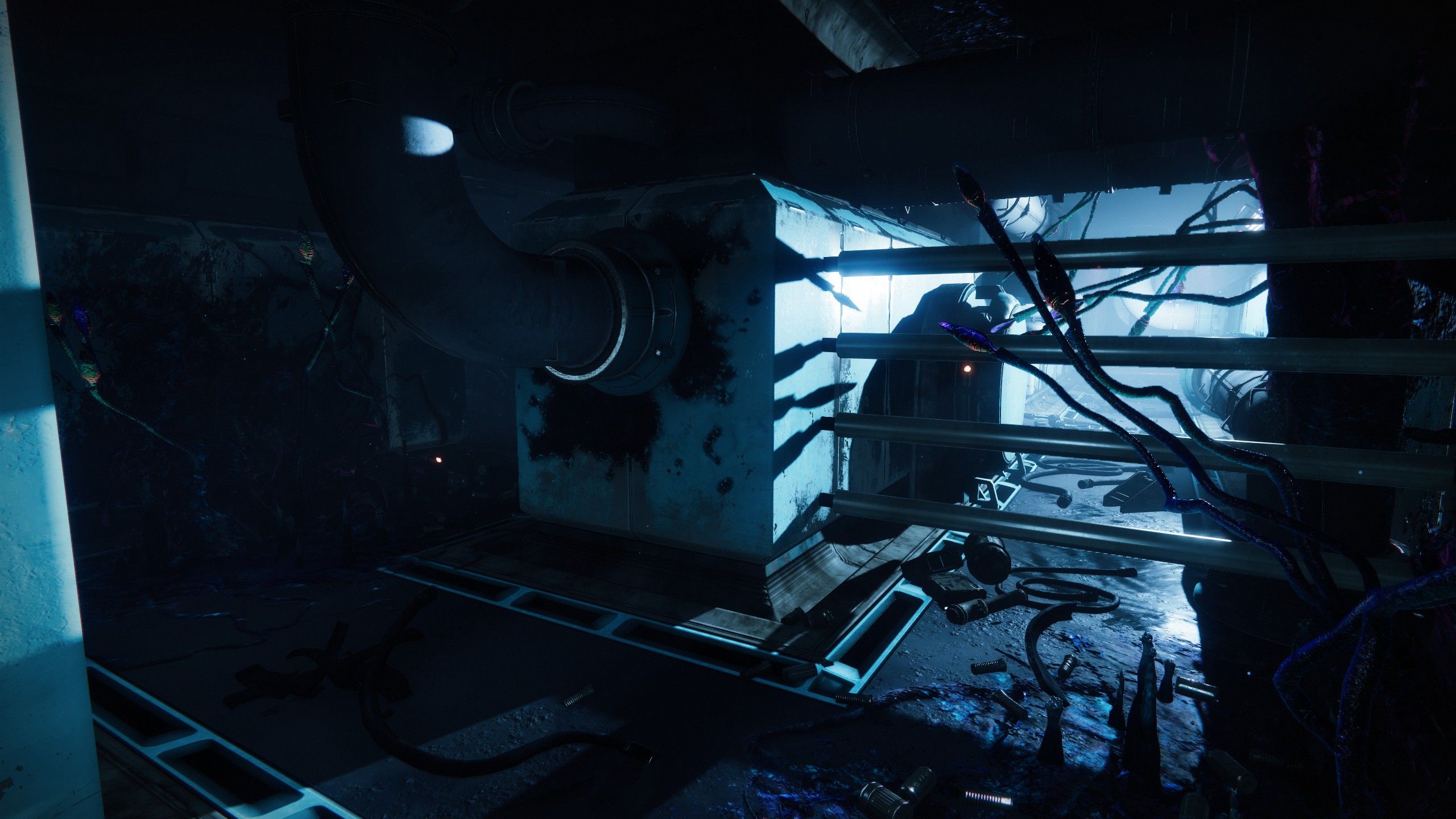
Zero Hour, then, was the event of the season—a source of memes, reaction videos and one of the ugliest ships in Destiny history. The release of a secret exotic quest can be the difference between a good and a bad season in the community's memory. Presage's existence suggests good things for Season of the Chosen's legacy.
A lot is made of the things Destiny 2 gets wrong, but I'd argue these quests are one of the things that help it stand apart from its peers. Sure, many live service games court mystery, hiding Easter eggs or even ARG-style teases for future seasons. But Destiny 2's best secrets aren't just throwaway asides. They're often some of the game's best content—more experimental, challenging or thematically interesting than many of its standard missions.
As timed missions, both The Whisper and Zero Hour were light on direct story beats, but the nature of the ticking clock shifts the focus instead to the relationship between player and designer. As a large-scale jumping puzzle, The Whisper was filled with subtle design choices designed to troll the player—from the broken ledge put in the perfect place to punish an inattentive Guardian, to the giant room full of tricky, precise jumps that you can entirely skip by crouchwalking into a hidden passage. Zero Hour, meanwhile, was set in the ruins of the old tower—an emotive, nostalgic choice used for great effect.
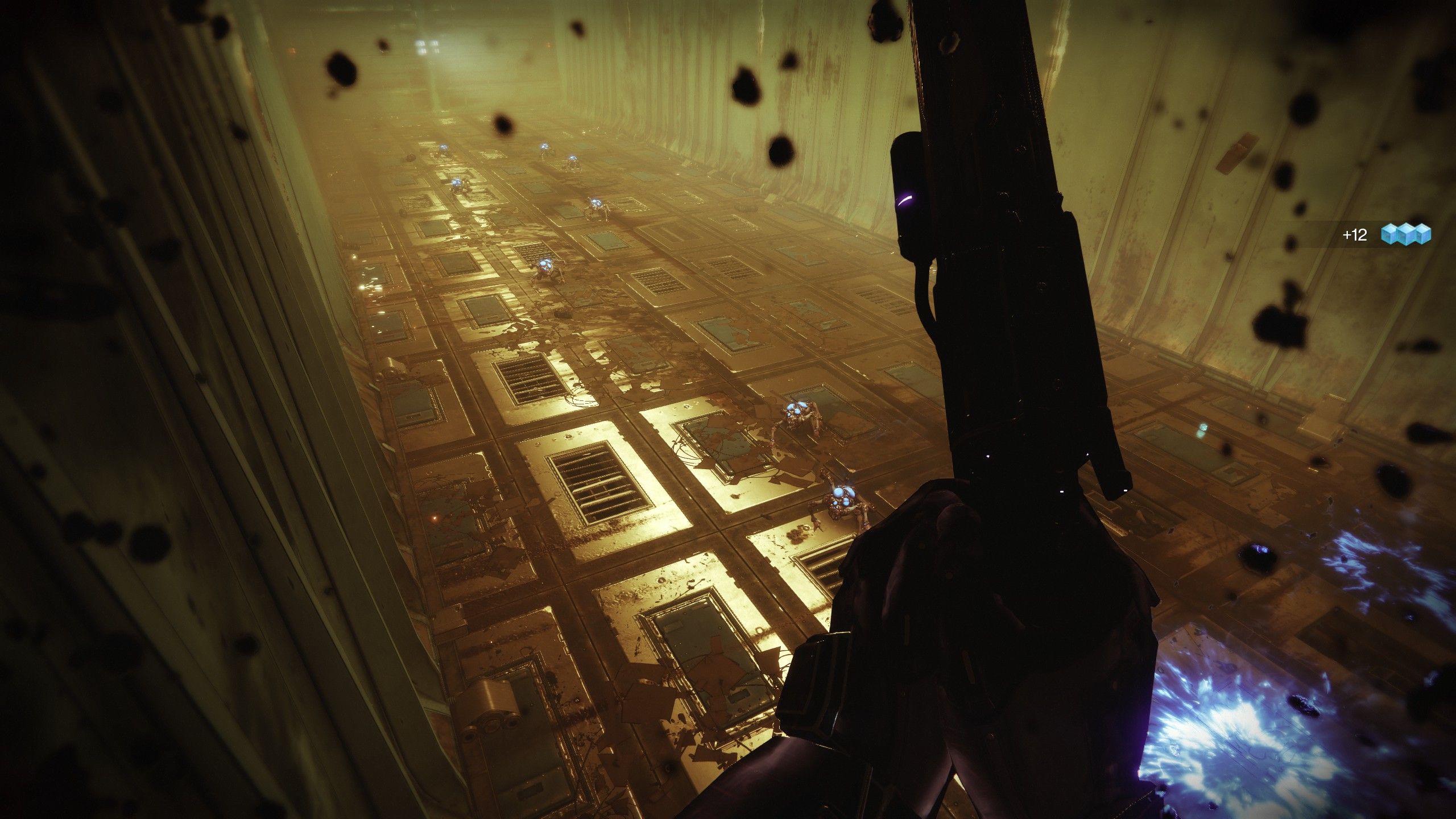
While Presage isn't timed, and has a much stronger relationship with the season's story, it nonetheless continues this legacy. By doubling down on the horror—an almost Dead Space-style exploration of a decrepit ship on which something has clearly gone wrong—it's exactly the kind of design space that lets Destiny 2 experiment with what it can be. It's a resounding success.
Presage also makes me hopeful for Destiny 2's fourth year. In Year 3, post-Shadowkeep, Bungie's seasonal model meant that players knew most of what was going to happen. New content was given away upfront via roadmap announcements—the need to advertise each season to potential players overriding the thrill of a cool community moment. This is how most live service games seem to operate. Presage, though, doesn't appear on Season of the Chosen's promo material. Bungie seems to be betting that, by surprise releasing it early in the season, the community response will be just as effective. I hope it pays off.
Presage is a strong reminder of what Destiny 2 does best, and—with any luck—a sign of Bungie's priorities for the rest of the year.

Phil has been writing for PC Gamer for nearly a decade, starting out as a freelance writer covering everything from free games to MMOs. He eventually joined full-time as a news writer, before moving to the magazine to review immersive sims, RPGs and Hitman games. Now he leads PC Gamer's UK team, but still sometimes finds the time to write about his ongoing obsessions with Destiny 2, GTA Online and Apex Legends. When he's not levelling up battle passes, he's checking out the latest tactics game or dipping back into Guild Wars 2. He's largely responsible for the whole Tub Geralt thing, but still isn't sorry.

